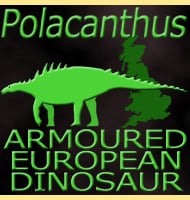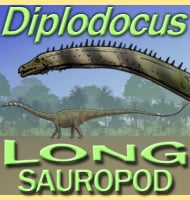Timurlengia
In Depth Another Asian tyrannosaur that was named early in 2016, Timurlengia has been named from isolated fossil remains cantered around a braincase that was first discovered in 2004. The braincase lay in storage at the Zoological Institute of the Russian Academy of Sciences until 2014 when Stephen Brusatte, a palaeontologist noted for his work … Read more

